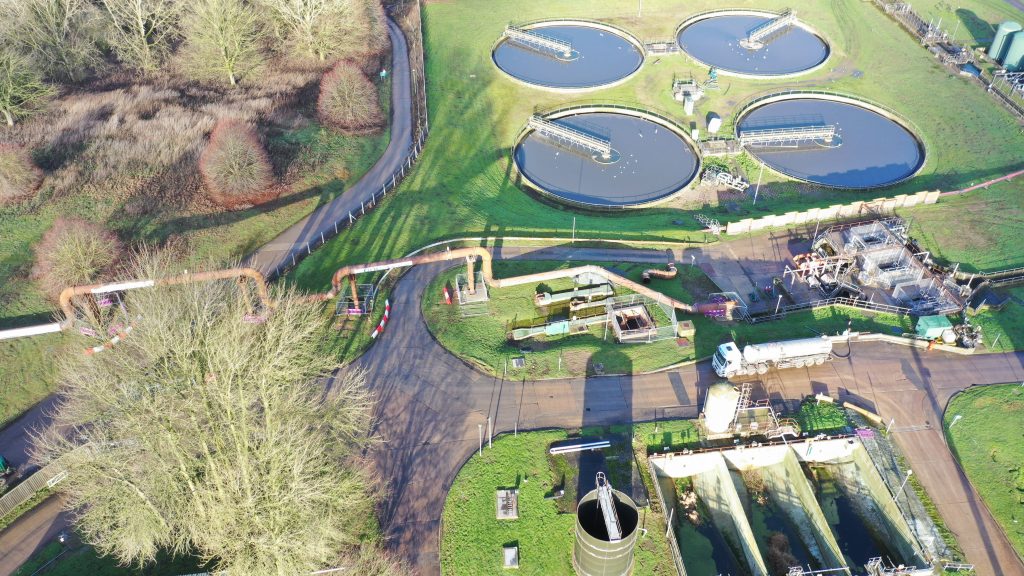Barhale Goes Up and Over in Whitlingham
29th August 2019 Careful pre-planning and the application of a range of innovative techniques including the temporary over-pumping of key parts of the sewer network have enabled leading independent infrastructure specialist Barhale, as part of Anglian Water’s @one Alliance, to rehabilitate more than 10.4 kilometres of sewer pipe across East Anglia.
Careful pre-planning and the application of a range of innovative techniques including the temporary over-pumping of key parts of the sewer network have enabled leading independent infrastructure specialist Barhale, as part of Anglian Water’s @one Alliance, to rehabilitate more than 10.4 kilometres of sewer pipe across East Anglia.
One of the main challenges facing Barhale was the replacement of 360m of a damaged brick sewer, serving Whitlingham Water Recycling Centre. The 11m deep 1676mm diameter brick sewer had been attacked by Hydrogen Sulphide, causing bricks to become dislodged. Serving a population of 280,000 customers in and around Norwich, with up to 2,200 l/s of foul sewage, the sewer was in urgent need of repair to prevent collapse and subsequent external flooding and pollution to the nearby River Yare.
Nine months in the planning, the £4.5M project involved 22-weeks of live work to upgrade the sewer and the scheme has been delivered through the @one Alliance, the collaboration of consultants and contractors working together to deliver more than half of Anglian Water’s capital investment programme.
A pioneering GRP pipe jack solution was chosen, eliminating any future risk of Hydrogen Sulphide attack and extending the sewer’s lifespan for another 150 years.
Before work could begin, innovative CCTV technology was used to provide a full 360º sonar and laser scan profile of the sewer. The survey found the sewer was up to 45% full of debris, with over 135m3 requiring removal. A steel shield was installed ahead of the GRP pipes providing a safe area for the workforce to remove the debris whilst simultaneously pipe jacking without being put at risk of a potential collapse.
To carry out the works, 750m of temporary 1000mm diameter steel overland pipes was used along with a temporary pumping station monitored continuously, to over-pump the existing sewage flow with two 5.5m high ‘Pipe Bridges’ installed over a public right of way and Anglian Water access road to minimise disruption.
To prevent any interruption to customer facilities, the over-pumping was installed and commissioned overnight during a short shutdown of the Norwich catchment and utilised a bespoke pre-fabricated dual manhole. To protect the workforce working downstream, three penstocks were used to control the flow out of the sewer.
“This has been a testing but ultimately successful project for the team,” says @one’s Construction Manager, Colin Handley. “Our main challenge has been the over-pumping situation, as we are dealing with a flow of 2,200 litres of waste water per second with only a five-hour window to make our connection. As you can imagine, getting that right required a great deal of planning and very precise execution. I’m pleased to say that we are more than satisfied with the result.”